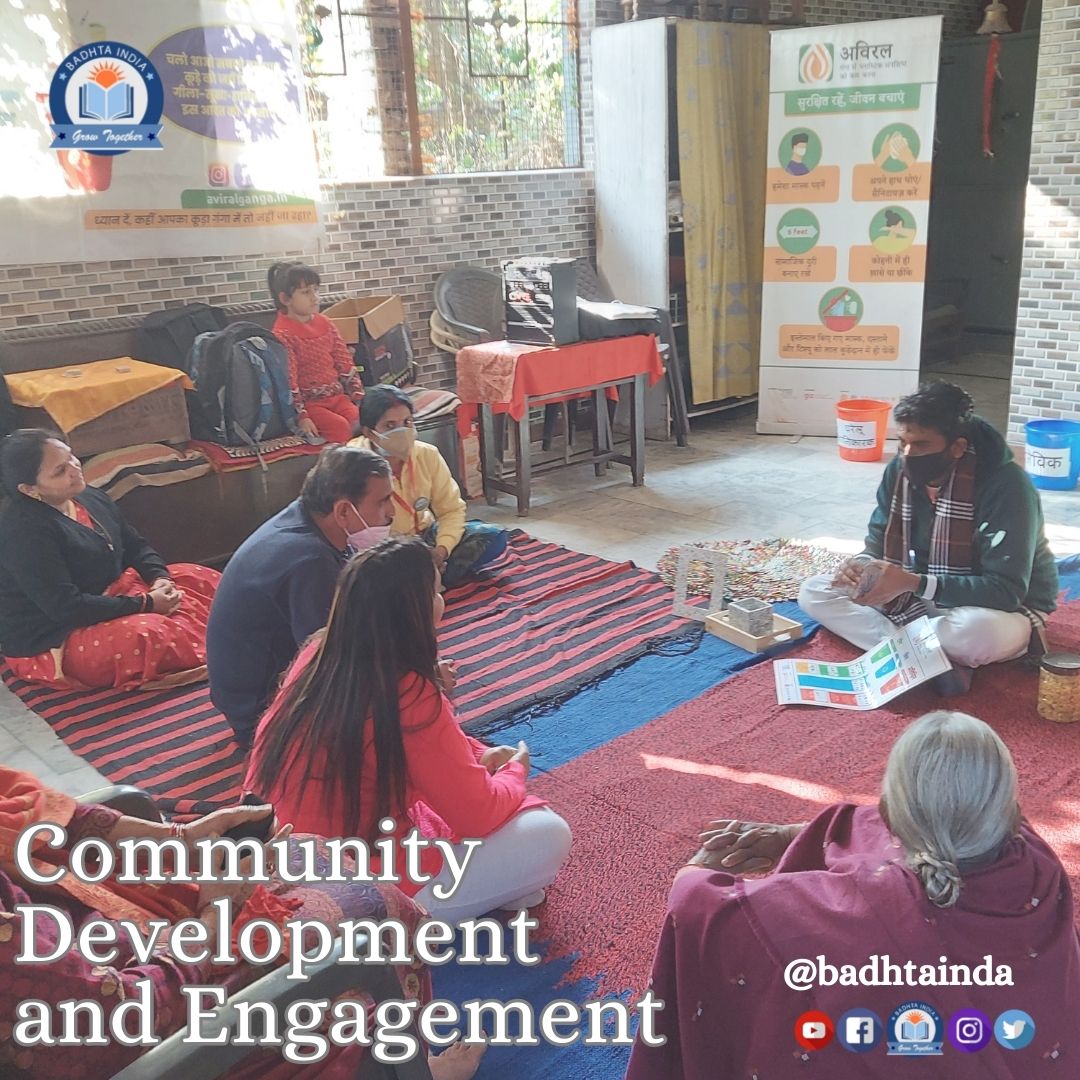Community Development and Engagement
Community development and engagement are processes aimed at fostering the growth, empowerment, and participation of individuals within a community. These practices involve bringing people together, encouraging their active involvement in decision-making processes, and implementing strategies to address community needs and promote positive change.
Here’s a brief overview of community development and engagement:
Community Development: Community development refers to activities and initiatives undertaken to improve the social, economic, and environmental well-being of a community. It involves collaboration between community members, organizations, and local government to identify and address issues such as poverty, unemployment, inadequate infrastructure, education gaps, and social inequality.
Community Engagement: Community engagement refers to the process of involving community members in decision-making processes that affect their lives. It emphasizes two-way communication, active participation, and shared responsibility. Engaging the community allows individuals to contribute their knowledge, skills, and experiences to shape policies, programs, and projects that directly impact them.
Benefits of Community Development and Engagement:
Empowerment: Community development and engagement empower individuals by giving them a voice, involving them in decision-making, and building their capacity to address community issues.
Collaboration: These practices foster collaboration among diverse stakeholders, including community members, local organizations, businesses, and government entities, to work together towards shared goals.
Sustainable Solutions: By involving community members, development initiatives are more likely to address the specific needs and aspirations of the community, leading to more sustainable and effective solutions.
Social Cohesion: Community development and engagement activities promote social connections, trust, and mutual understanding among community members, contributing to increased social cohesion and a sense of belonging.
Ownership and Responsibility: When individuals are actively engaged in the development process, they develop a sense of ownership and responsibility for their community’s well-being, leading to increased long-term commitment and resilience.
Approaches to Community Development and Engagement:
Participatory Planning: Engaging community members in the planning process ensures that their needs, priorities, and perspectives are considered when designing and implementing development projects.
Capacity Building: Providing training, resources, and support to community members helps develop their skills, knowledge, and confidence to actively participate in decision-making processes and take leadership roles.
Collaborative Partnerships: Building partnerships between community organizations, local government, businesses, and other stakeholders enhances collective efforts and leverages available resources.
Information and Communication: Effective communication strategies, including public consultations, community meetings, social media, and newsletters, facilitate the exchange of information and promote transparency and inclusivity.
Evaluation and Feedback: Regularly assessing the impact and effectiveness of community development initiatives and seeking feedback from community members ensure continuous improvement and accountability.
Overall, community development and engagement are crucial for creating inclusive, vibrant, and resilient communities. By involving community members in decision-making and addressing their needs, these practices contribute to social, economic, and environmental improvements that benefit everyone involved.


